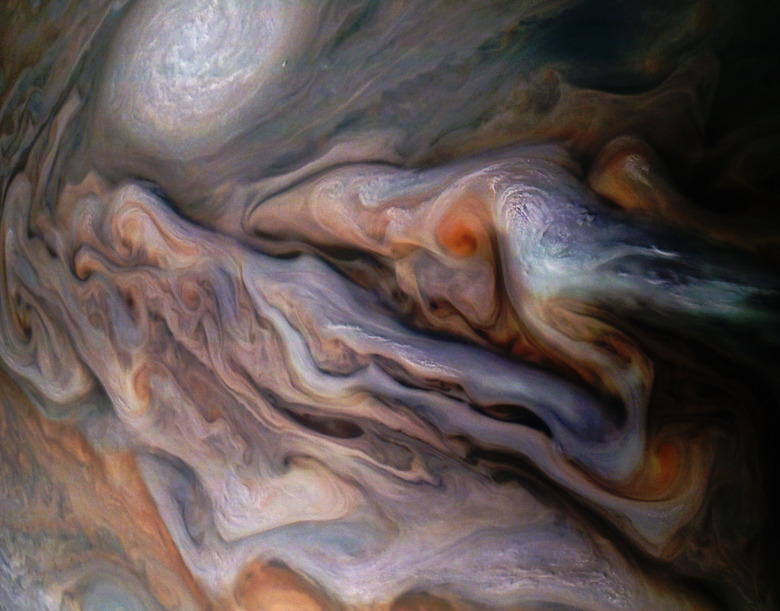Jupiter Could Have Easily Become A Star, And Earth Would Have Been Doomed
- The massive gas giant Jupiter could have potentially become a star in the earliest days of the solar system.
- If Jupiter had become a star, the odds of Earth hosting life (or existing at all) are slim.
- Visit BGR's homepage for more stories.
Jupiter is the mighty king of our solar system. It's by far the largest, most massive planet, and the swirling storms that dominate its atmosphere make it instantly recognizable. It's big. So big, in fact, that it's actually not crazy to imagine our solar system shaking out in a way that caused Jupiter to grow large enough to become a star.
In a new piece on Universe Today, Paul Sutter proposes an interesting thought experiment using our knowledge of Jupiter as well as what scientists have learned about star formation. The short version of the story is that we should be very happy that Jupiter isn't any bigger.
Stars become stars due to their mass. Star systems are born out of clouds of gas and dust. Gravity works its magic and eventually, that matter begins to gather. The larger the central object grows, the greater its gravitational pull. It grows at an exponential rate, and if there's enough matter in the vicinity a star can be born.
When an object gathers enough mass, the pressure inside becomes so intense that it is capable of nuclear fusion. It ignites, and depending on how massive the object is, it becomes one specific type of star.
Jupiter, as we know, is quite large, but it's not large enough to trigger fusion in its core. In fact it would need to be around 20 times as massive as it is for it to become a class of star known as a red dwarf.
I'm not sure it qualifies as "almost" being a star, but consider that Jupiter is already hundreds of times more massive than Earth, and we don't know how much matter was floating around during the formation of our system. There was enough to build the Sun, obviously, but some theories suggest that there was once a lot more dust and debris here than what we see today in planets and asteroids.
The Kuiper Belt — a wide disc of material surrounding our solar system — is thought to hold just a tiny fraction of the mass today than it once held. How much of that mass was once present in the inner solar system? We don't know, but when a planet as large as Jupiter was gobbling up material at an exponential rate, it's not out of the realm of possibility to think that it very well could have continued feeding until it grew to the size of a star.
Binary systems in which two stars orbit each other can still host planets. Astronomers have spotted such systems already, so we know they exist. Would Earth, if it had existed at all, been fortunate in its orbit? Would a two-star system have provided a planet in our system with the conditions suitable for life?
We'll never know, but we can at least be glad that Jupiter stopped eating when it did.
